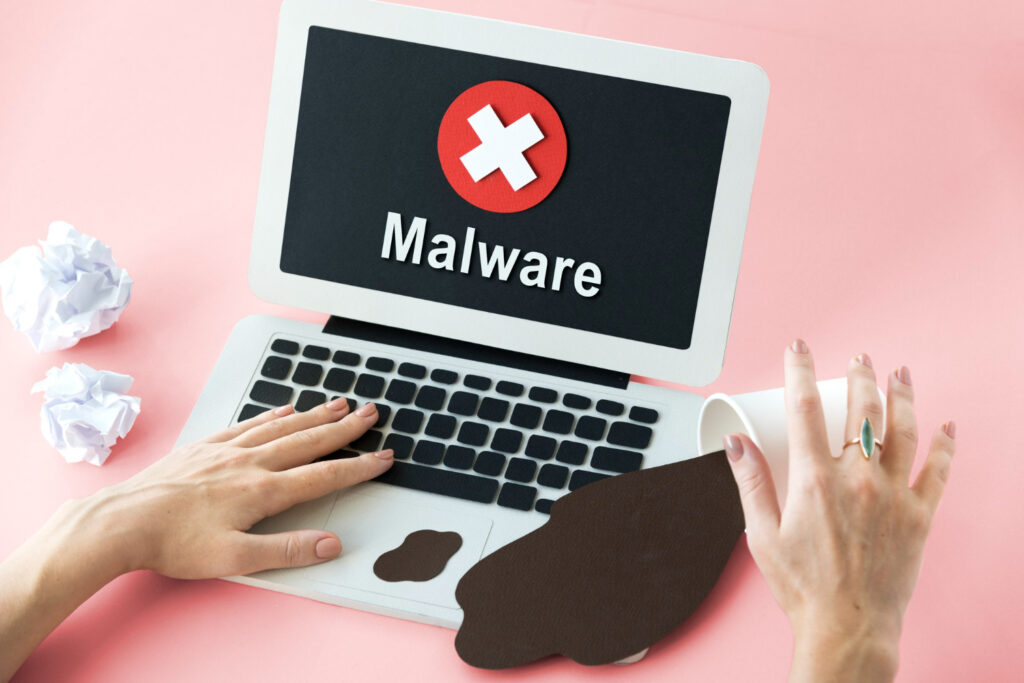In the vast digital landscape, where the line between genuine software and malicious tricks blurs, a deceptive threat known as scareware emerges. Scareware preys on users’ fears and vulnerabilities, luring them into believing their devices are compromised and coercing them into paying for unnecessary solutions. In this article, we’ll delve into the world of scareware, identify its telltale signs, and explore effective methods to remove it from your system.

Understanding Scareware:
Scareware, also known as rogue security software or fraudware, is a type of malicious software that disguises itself as legitimate security software or tools. Its primary aim is to create a false sense of urgency and panic in users, compelling them to take immediate action, often in the form of purchasing a bogus solution to resolve nonexistent issues. Scareware operates through various channels, including deceptive advertisements, pop-ups, and fraudulent websites.
Telltale Signs of Scareware:
Detecting scareware requires vigilance and awareness of common indicators. Here are some telltale signs that can help you identify its presence:
-
Unsolicited Pop-ups: Scareware often utilizes aggressive pop-ups that claim your device is infected with viruses, malware, or other security threats. These pop-ups might even imitate the appearance of well-known antivirus programs.
-
Urgent Warnings: The messages displayed by scareware emphasize urgency and dire consequences if you don’t take immediate action. They may threaten data loss, system crashes, or compromised privacy.
-
Fake Virus Scans: Some scareware applications perform fake virus scans that inevitably report a multitude of threats, regardless of the actual state of your device.
-
Requests for Payment: To “resolve” the purported issues, scareware prompts users to pay for a full version of the software. This payment is often demanded through dubious payment gateways.
-
Unreliable Sources: Scareware often originates from untrustworthy websites or gets delivered through deceptive online advertisements. It may also come bundled with other software downloads.
Steps to Remove Scareware:
If you suspect your system has fallen victim to scareware, here’s a step-by-step guide to help you remove it effectively:
-
Stay Calm: The first rule when dealing with scareware is to remain calm. Understand that scareware messages are designed to manipulate your emotions and actions.
-
Do Not Pay: Refrain from making any payments or sharing personal information with scareware creators. Paying them only encourages their fraudulent activities.
-
Task Manager: If a pop-up or application is unresponsive, use the Task Manager (Ctrl + Shift + Esc) to forcibly close the application.
-
Safe Mode: Restart your computer in Safe Mode. This limits the number of running processes, making it easier to remove scareware.
-
Uninstall: Go to the Control Panel (or Settings on Windows 10), find the list of installed programs, and uninstall any suspicious applications that might be scareware.
-
Use Legitimate Antivirus: Install reputable antivirus software if you don’t have one already. Run a thorough scan to identify and remove any remaining traces of scareware.
-
Delete Temporary Files: Use the Disk Cleanup tool to delete temporary files, as scareware might leave behind remnants in these folders.
-
Browser Cleanup: Reset or clear your web browser’s cache, cookies, and extensions. Scareware often targets browsers with deceptive ads and pop-ups.
-
Restore Settings: Reset your browser settings to default to eliminate any modifications made by scareware.
-
Regular Backups: Regularly back up your important data to external sources. In case you encounter a situation where you need to wipe your system, you won’t lose valuable files.
Preventive Measures Against Scareware:
The best way to deal with scareware is to prevent it from infiltrating your system in the first place. Here are some preventive measures:
-
Educate Yourself: Familiarize yourself with common scareware tactics and learn to recognize their warning signs.
-
Use Legitimate Sources: Only download software and applications from trusted sources. Avoid third-party websites that might offer cracked or pirated software.
-
Keep Software Updated: Regularly update your operating system, antivirus software, and other applications to patch potential vulnerabilities.
-
Enable Pop-up Blockers: Enable pop-up blockers in your web browser to minimize the chances of encountering scareware advertisements.
-
Stay Informed: Keep up to date with cybersecurity news and developments to stay informed about emerging threats.
In the digital realm, where attackers constantly seek new ways to exploit users’ fears, understanding scareware and knowing how to combat it is crucial. By staying alert, practicing safe online habits, and promptly addressing any suspicious activity, you can fortify your defenses against the deceptive tricks of scareware and enjoy a safer digital experience.